I am just home from a trip to Rwanda, where I got to learn about Rwandan agriculture and some of their unique animals like the Inyambo cow (pictured). Rwanda is a country in Africa, and when we were there, it was 25 degrees and sunny - very different to the weather in Ireland right now.
There are many ways in which farming in Rwanda is different to Ireland: they grow tea, coffee and rice - all crops we can’t grow here in Ireland - but they also have cattle and dairy cows that can stay outside all year round.
On most farms in Ireland, the cattle are now in their sheds. There has been a lot of rainfall recently and this has made the fields very wet. Wet fields are difficult for cattle in a couple of ways.
Firstly, all that rain starts to change the soil, making it wetter and basically turning it into mud.
This is much worse when cattle are grazing in the fields, because when they walk around they churn and mix the soil
and water - making more mud, more
quickly.
The second problem is the wet soil is cold and the grass stops growing when the soil is cold.

Inyambo herd, Rwanda, Africa. / Professor Tommy Boland
Grass stops growing every winter, but it happens earlier when we have a lot of rainfall.
Feeding cattle inside
When the cattle are in the shed, they still need to eat, but it is not grass - at least, not fresh grass - which they eat.
During the winter months, we feed the cattle silage (though some farms still use hay). This is grass which was cut and preserved during the summer months, so there is feed available for the animals during the winter months.
Silage and fresh grass
In Ireland, we describe our farming systems as ‘grass-based’. Ireland is a very good place to grow grass, and when managed correctly it is a high-quality feed for our animals.
Grass silage does not have the same feeding value as fresh grass does, which means it does not give the animals as much energy or protein. This means they can’t grow as fast or produce as much milk when fed grass silage compared to fresh grass.
The reasons why silage is not as good as grass include the fact that some of the best parts of the silage are used up by bugs when the silage is being preserved. Also, the grass plant is usually older when
it is cut for silage compared to when it would be grazed by animals in the field, which means that
it doesn’t contain as much energy or
protein.
What else do cattle eat?
Farmers want their cattle and cows to perform well when they are in the sheds, so the farmers will give their animals some other feeds in addition to silage. These other feeds are called concentrates, but in some parts of the country it might be called meal or cake.
Some of the common concentrate feeds include barley, wheat and soyabean meals. The reason these feeds are chosen is to give more energy and protein to the cows and cattle and to allow them to grow fast and produce more milk. They are mixed together to give the correct balance of the different nutrients the cattle need to keep them healthy and productive. Housing cattle (and also sheep) is a necessary part of how we farm livestock in Ireland, but every farmer hopes the winter doesn’t last for too long, because it is easier and cheaper to have the animals outside eating grass.
Read more
The professor explains: What’s the craic with Carbon?
IFJ Junior: Do you call the mammary gland the udder or the elder?
I am just home from a trip to Rwanda, where I got to learn about Rwandan agriculture and some of their unique animals like the Inyambo cow (pictured). Rwanda is a country in Africa, and when we were there, it was 25 degrees and sunny - very different to the weather in Ireland right now.
There are many ways in which farming in Rwanda is different to Ireland: they grow tea, coffee and rice - all crops we can’t grow here in Ireland - but they also have cattle and dairy cows that can stay outside all year round.
On most farms in Ireland, the cattle are now in their sheds. There has been a lot of rainfall recently and this has made the fields very wet. Wet fields are difficult for cattle in a couple of ways.
Firstly, all that rain starts to change the soil, making it wetter and basically turning it into mud.
This is much worse when cattle are grazing in the fields, because when they walk around they churn and mix the soil
and water - making more mud, more
quickly.
The second problem is the wet soil is cold and the grass stops growing when the soil is cold.

Inyambo herd, Rwanda, Africa. / Professor Tommy Boland
Grass stops growing every winter, but it happens earlier when we have a lot of rainfall.
Feeding cattle inside
When the cattle are in the shed, they still need to eat, but it is not grass - at least, not fresh grass - which they eat.
During the winter months, we feed the cattle silage (though some farms still use hay). This is grass which was cut and preserved during the summer months, so there is feed available for the animals during the winter months.
Silage and fresh grass
In Ireland, we describe our farming systems as ‘grass-based’. Ireland is a very good place to grow grass, and when managed correctly it is a high-quality feed for our animals.
Grass silage does not have the same feeding value as fresh grass does, which means it does not give the animals as much energy or protein. This means they can’t grow as fast or produce as much milk when fed grass silage compared to fresh grass.
The reasons why silage is not as good as grass include the fact that some of the best parts of the silage are used up by bugs when the silage is being preserved. Also, the grass plant is usually older when
it is cut for silage compared to when it would be grazed by animals in the field, which means that
it doesn’t contain as much energy or
protein.
What else do cattle eat?
Farmers want their cattle and cows to perform well when they are in the sheds, so the farmers will give their animals some other feeds in addition to silage. These other feeds are called concentrates, but in some parts of the country it might be called meal or cake.
Some of the common concentrate feeds include barley, wheat and soyabean meals. The reason these feeds are chosen is to give more energy and protein to the cows and cattle and to allow them to grow fast and produce more milk. They are mixed together to give the correct balance of the different nutrients the cattle need to keep them healthy and productive. Housing cattle (and also sheep) is a necessary part of how we farm livestock in Ireland, but every farmer hopes the winter doesn’t last for too long, because it is easier and cheaper to have the animals outside eating grass.
Read more
The professor explains: What’s the craic with Carbon?
IFJ Junior: Do you call the mammary gland the udder or the elder?





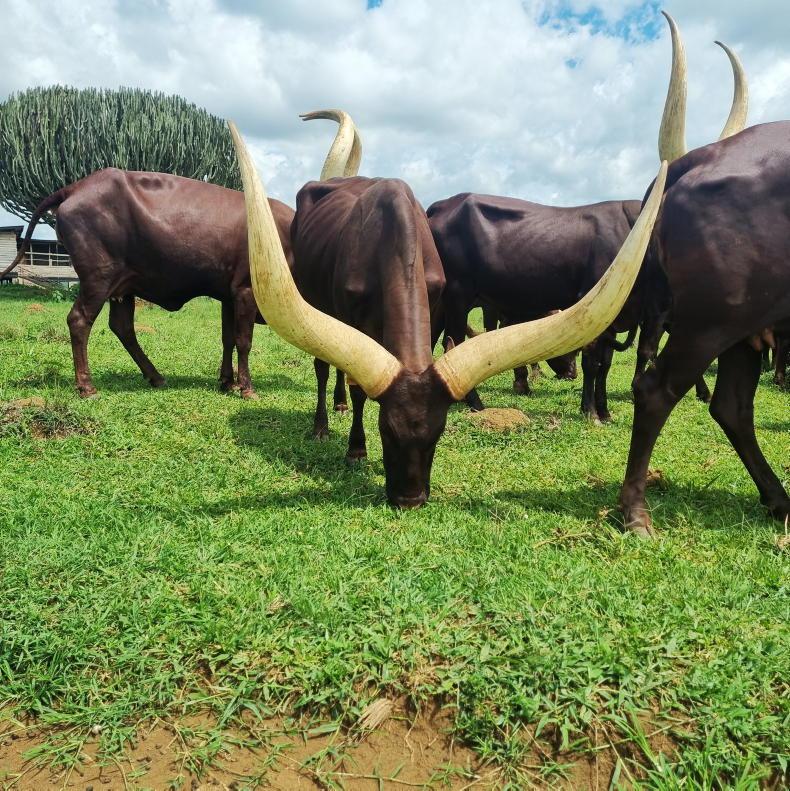
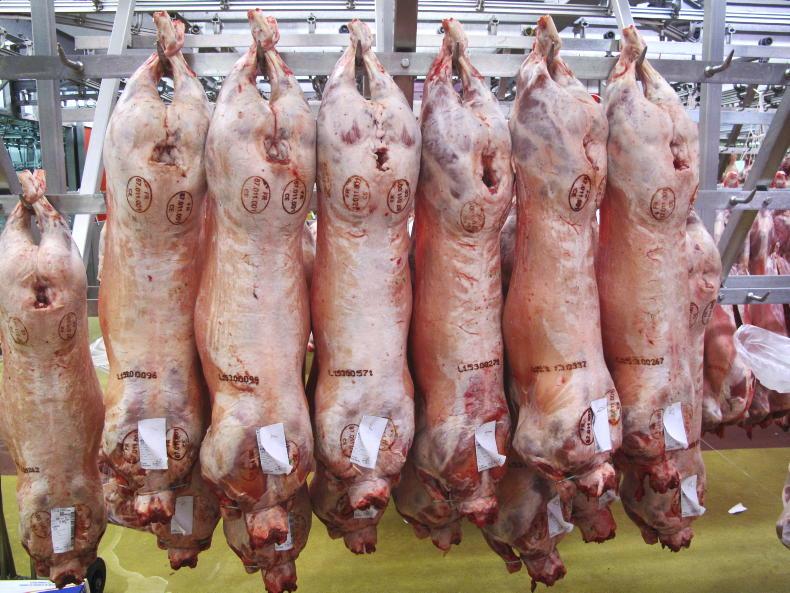
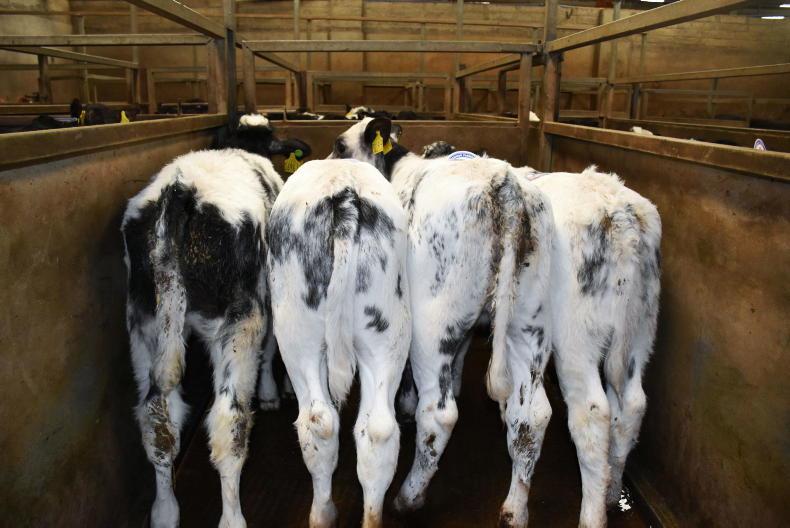
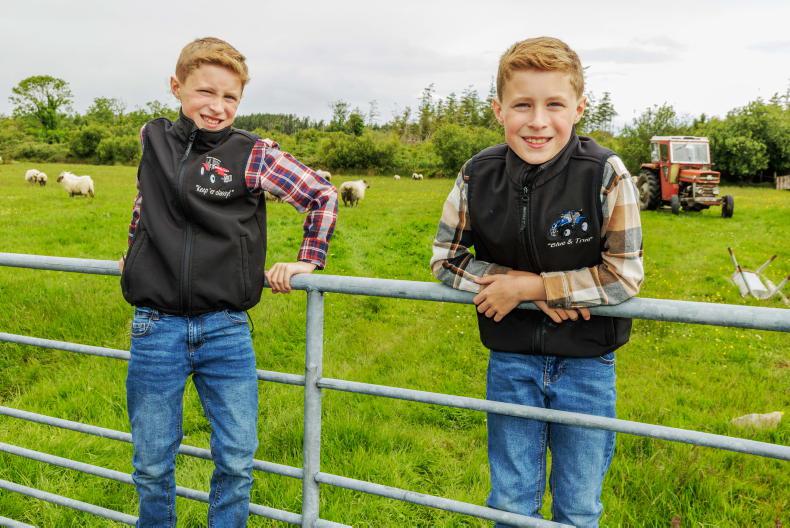
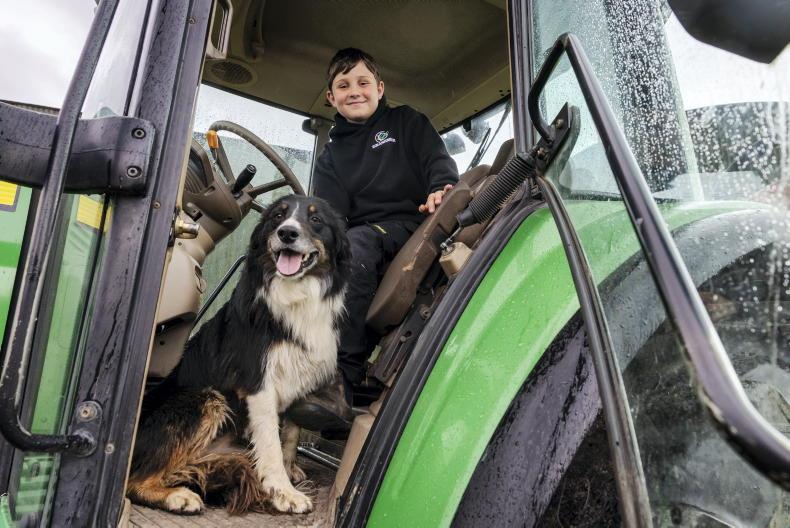
SHARING OPTIONS